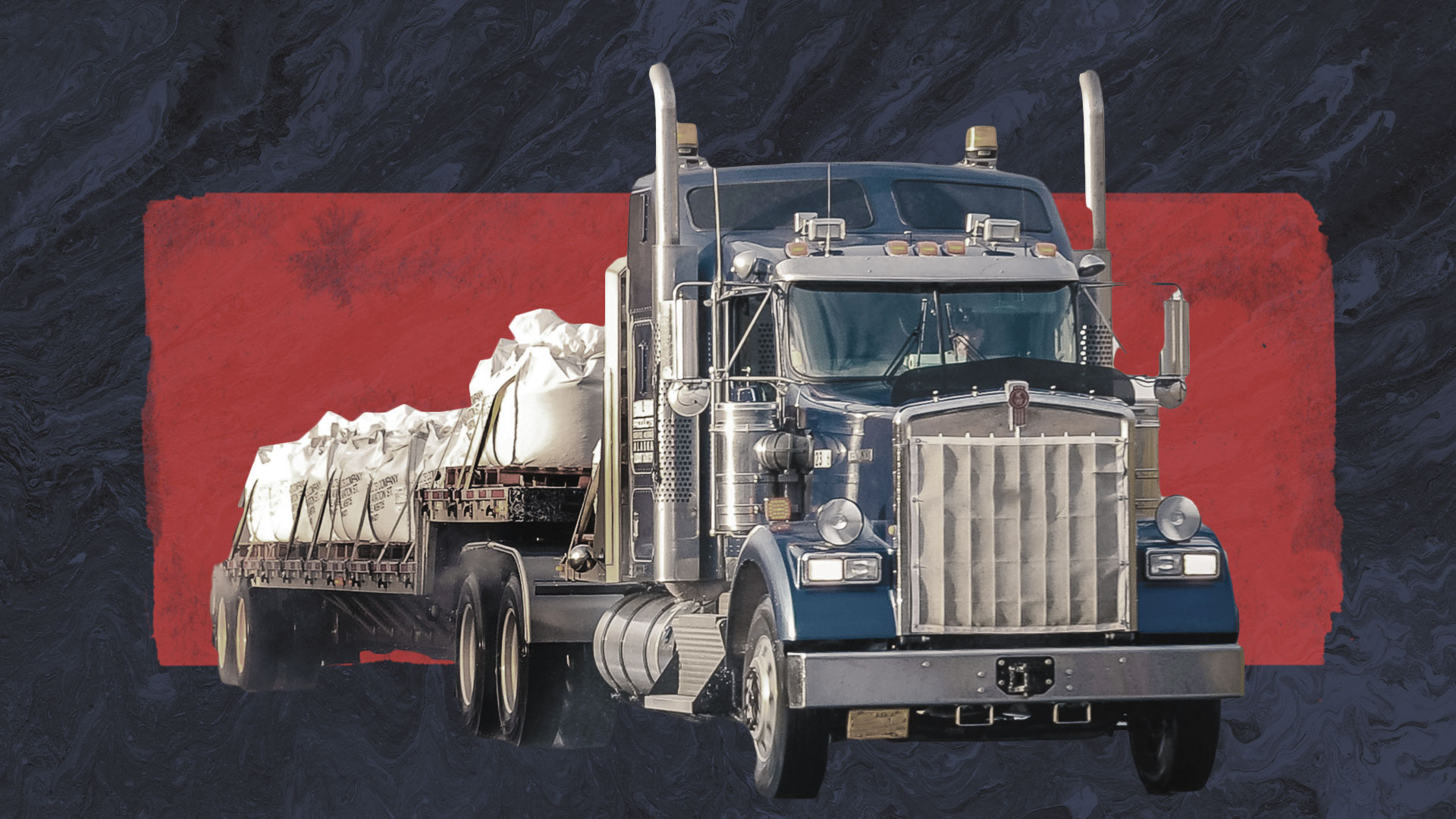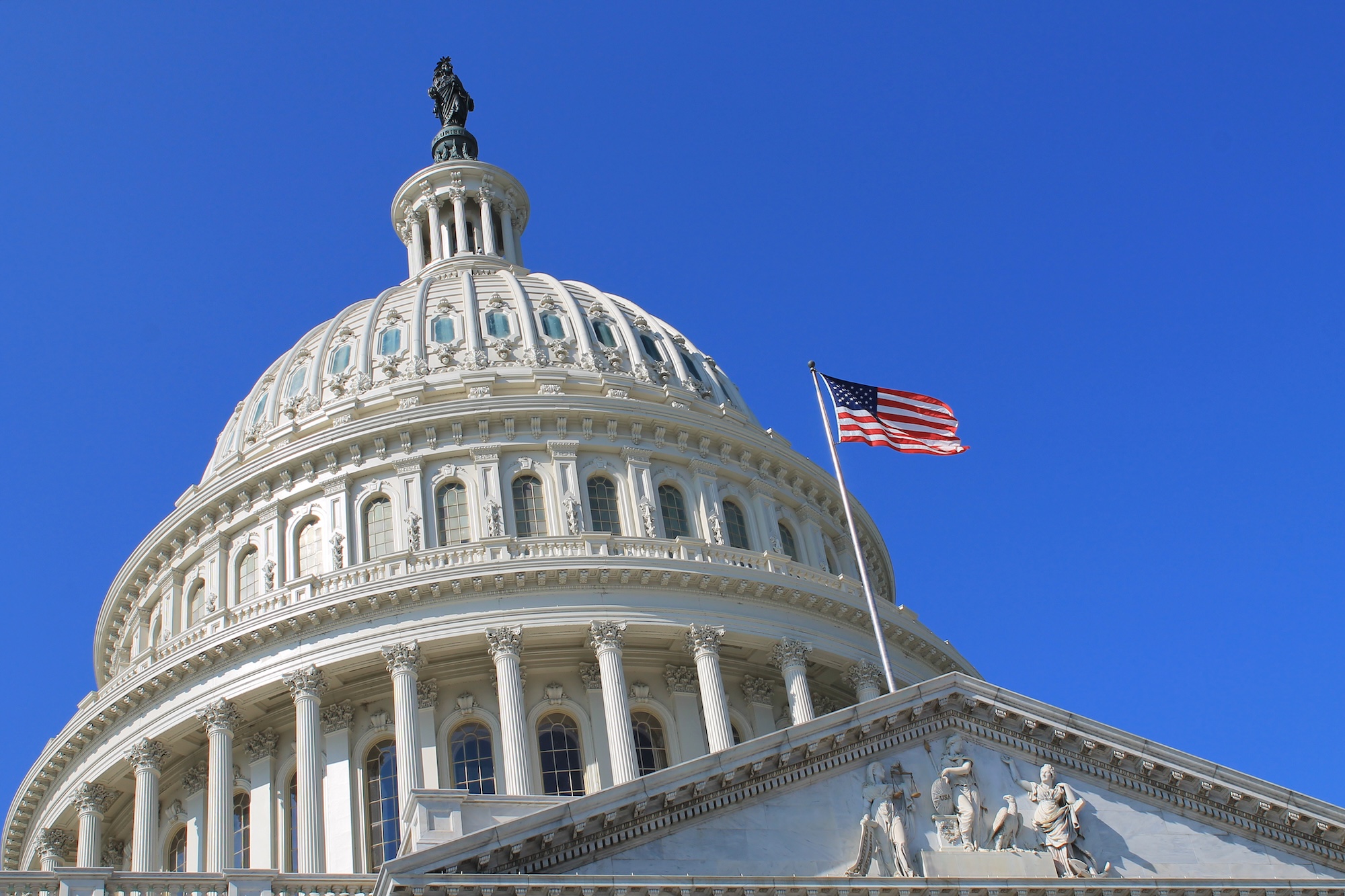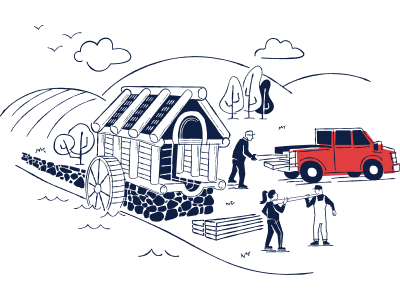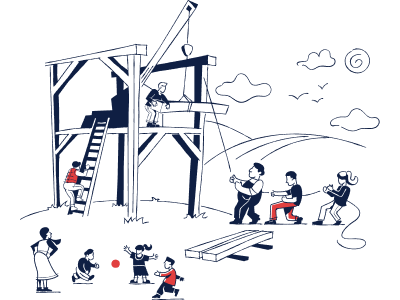
RECOMMENDED READING
On September 19, 1874, somewhere between 20 and 40 girls died when the Granite Mill cotton facility in Fall River, Massachusetts, burned down. The girls, most of whom were younger than 14 and some of whom were as young as five, died from suffocation, burning, or throwing themselves out of the mill’s windows in desperation. Many more were injured.
That young children were working under dangerous conditions in a cotton mill was not unusual. In 1870, there were about 765,000 American workers between the ages of 10 and 15. Some ardent reformers objected, but the mainstream view held that child labor was inevitable, economically and socially valuable, and none of the government’s business to regulate.
The subject matter of child-welfare debates changes over time as technological progress presents new challenges, but the contours remain eerily fixed. On one side stands the well-being of children; on the other, a range of economic interests and ideological commitments that insist on deference. Child labor’s prevalence in the 19th century was a consequence of that era’s industrial revolution, which obviated traditional agriculture’s demand for size and muscle. Much smaller bodies could operate industrial machines — an innovation that afforded a new opportunity for converting childhood into economic surplus.
The information revolution of our own century has produced the most dramatic economic and social transformation since industrialization, precipitating its own set of unanticipated and unacceptable harms to children. As with the fight against child labor, those harms will continue to manifest until policymakers act.
Recommended Reading
Protecting Children Online Is a Worthwhile Endeavor
In the digital realm as outside of it, the public has a right to insist on regulations where the safety of our kids is at stake.
Policy Brief: An Online Age-Verification System
Congress should create a publicly provided online age verification system that would allow any person to privately and securely demonstrate their age online.
Romney, Hawley, Rubio, and Lee’s Building Blocks for Family Policy
The key parameters for understanding competing family-benefit proposals.












